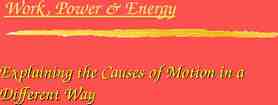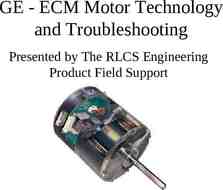Covalent Nomenclature Naming Molecular Compounds
8 Slides108.00 KB

Covalent Nomenclature Naming Molecular Compounds

Review How do we identify ionic formulas? How do we identify covalent formulas? Ionic formulas start with metals (or NH4 1) Covalent formulas contain only non-metals or metalloids. How do we name ionic compounds? Identify the compound as binary or ternary. Identify the metal as fixed charge or variable charge. If the compound is binary, ends in –ide. If the compound is ternary, name the anion appropriately.

Naming Molecular Compounds All the molecular compounds you’ll be asked to name are binary. Molecular compounds w/ more than 2 elements are usually organic. Organic compounds have their own special naming system. Atoms in molecules don’t the number of each atom: mono 1 di 2 tri 3 tetra 4 penta 5 hexa 6 hepta 7 octa 8 nona 9 deca 10

Naming Molecular Compounds Prefix for first element in compound. Omit if it’s “mono”. Name first element. Prefix for second element in compound. Give stem of second element followed by suffix –ide. Examples: CO carbon monoxide CO carbon dioxide 2 N2O dinitrogen monoxide

Details and Exceptions If the last letter of the prefix and the first letter of the element are both vowels, drop the last letter of the prefix. CO carbon monoxide, not carbon monooxide N2O5 dinitrogen pentoxide, not dinitrogen pentaoxide Some compounds are known only by their common names H2O water NH3 ammonia CH4 methane

Writing Formulas From Names Write symbols in the same order they appear in the name. Use prefixes to determine subscripts. Metalloids are not metals. Compounds that start with metalloids are named as molecular compounds.

Naming Molecular Compounds What are the names of the following molecular compounds? NO2 SO3 SiO2 NO P2O5 S4N4 nitrogen dioxide sulfur trioxide silicon dioxide nitrogen monoxide diphosphorus pentoxide tetrasulfur tetranitride

Writing Formulas From Names What are the formulas of the following molecular compounds? carbon tetrachloride phosphorus trichloride selenium dibromide dinitrogen tetroxide sulfur dioxide xenon tetrafluoride diantimony trioxide CCl4 PCl3 SeBr2 N2O4 SO2 XeF4 Sb2O3






